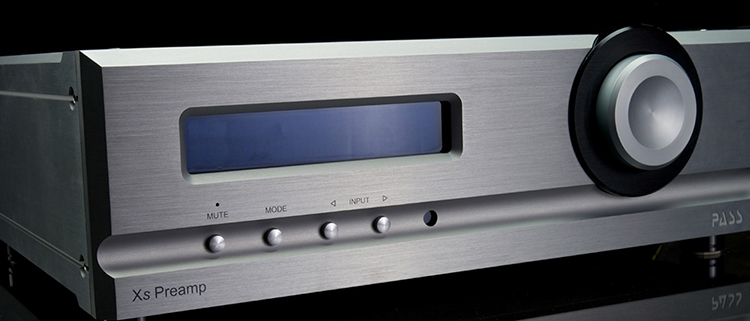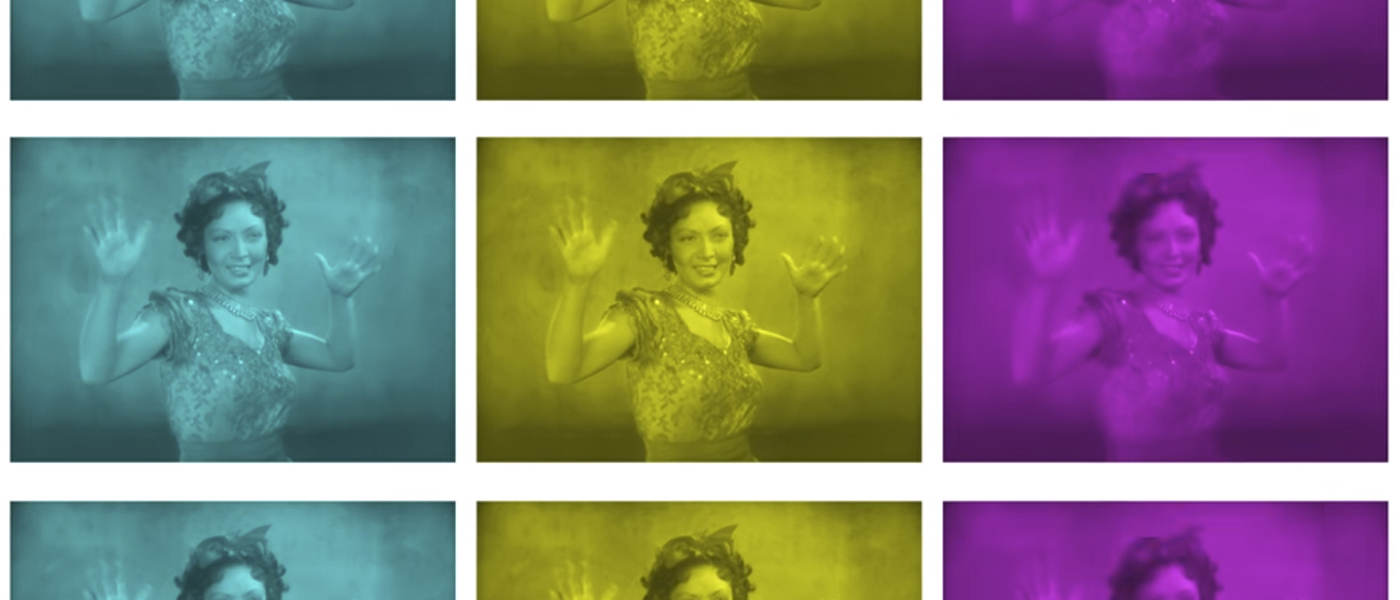
The concept appeared reasonable to me, but I did not pay much attention to it because I could not control it. I just expected it to happen and everything would sound the way it should over time. Meanwhile, I would just enjoy listening to my music.
Whatever was actually happening to the components did not seem to be dramatic because I really didn’t notice any changes.
Secrets Sponsor
That is, until recently.
I suppose this may have happened for a couple of reasons.
One is that more manufacturers are stressing that their products need a break-in period to sound their best. Perhaps they are simply responding to the accumulation over time of so many manufacturers doing this, so they have paid more attention to the break-in that their own products have. As such, I have responded to their insistence.
Secondly, I have increasingly become aware of an actual difference in the sound quality during my product testing. And, I mean, I could really perceive the difference. It is dramatic.
One DAC, for example, came with a recommendation of leaving the unit powered on for at least one day before making any critical judgments. Initially, I did not think about it. But, when I first turned it on, I noticed that the sound had an unpleasant harshness. After 8 hours, the harshness was reduced, and after 24 hours, it was completely gone. The DAC had a much smoother overall sound. It was dramatic enough that I decided to write this editorial.
What is the nature of audio component break-in (burn-in)?
As a scientist, I want to know how this process occurs.
For the DAC, I suspect it has more to do with changes in the transistors and/or capacitors after some use. I don’t suspect the resistors, inductors, or conductors (except for tubes, see below) alter their properties in the same ways, but who knows? There is no hard scientific evidence as to what is changing at the atomic level, at least, I have not found any published scientific papers with data.
The capacitor theory is well-established, but even with so many people noticing changes from burning-in capacitors, there are the Doubting Thomas’s. Apparently, the burning-in process has to do with the dielectric of the capacitor. There are theories about how the dielectric changes, but no evidence. Many believe that any perceived audible differences are the result of a psychological adjustment rather than real physical changes in the capacitors.
A capacitor consists of a long, thin metal strip rolled up tightly with a thin plastic, paper, ceramic, or other dielectric material strip separating the wound up metal strip layers, therefore, preventing them from touching each other.
In operation, when current is flowing from a battery or A/C supply (that has been converted to DC through the use of diodes), the metal strip in the capacitor accumulates a huge amount of electrons. Then, when the circuit is switched to an alternate path (the input and output audio stages), the capacitor discharges. Electrons also accumulate in the dielectric layer and are discharged, but it is the metal strip layer that has, by far, the most electron accumulation. With increasing temperature, the capacitance also increases. Read more about this here.
Although the negatively (-) charged electrons move through a conductor toward the positive (+) terminal of the source of electricity, the current is indicated as going from positive to negative. This is an unfortunate and confusing convention.
Ben Franklin originally named charges positive (+) and negative (−) when he was studying static electricity. Later, when scientists were experimenting with electrical currents, they said that electricity travels from (+) to (−), and that became the convention.
This was before electrons were discovered. In reality, the negatively charged electrons move toward the positive, which is the opposite direction that people show current moving. It is confusing, but once a convention is made, it is difficult to correct it (modified from).
As to the transistors, it has been established that internal conductance (current flow) decreases with increasing temperature for FET transistors, but increased internal conductance for bipolar transistors. During the break-in period, perhaps this causes some sort of physical changes in the PNP, NPN, or bipolar junctions. It might be something as simple as retaining an electron charge at the junctions even when the component is turned off, but the difference in current flow between FET and bipolar transistors needs to be examined as to possible differences in break-in, burn-in.
This could also apply to capacitors, where a partial electron charge is maintained, while the majority of the electrons are discharged. It could be something that happens to a small degree during warm-up, and to a larger degree during break-in. If left powered off for any considerable time (weeks, months), the electron charge would dissipate, requiring break-in to be performed again.
This would imply that we should expect the sound to change during the warm-up period when the component is turned on, assuming it does not have a small amount of current continually flowing when turned off. The warm-up effect could then be due to increased current flow as the devices warm up. I have several components that do have low current flowing when the unit is turned off, and I assume this is the reason components sound their best when they are at the determined operating temperature. My tube preamplifier does not have this feature, and I recently noticed that there was an audible improvement in the sound during the first hour of operation. With an increasing temperature of the cathode, more electrons are emitted, and current flow increases.
Secrets Sponsor
Cables are another component that many believe have an effect on the sound. It is the most contentious area of thought around component sound quality. Let’s assume that they do affect the sound and that they break-in, burn-in, like other components. They all have a dielectric insulation surrounding the conductor(s). Carrying my retained electron charge theory into cables, if the dielectric retains a partial charge during signal conduction in the conductors, this would lessen the damaging effect (smearing) of the dielectric absorbing and releasing (back into the conductors) some of the signal when the music is playing.
As to speakers, break-in, assuming it occurs, is a matter of physical changes, such as loosening of the spider and rubber surround. I imagine that they are tight to begin with and are designed to loosen to the proper condition during use.
Solder joints, plug, and jack contacts probably affect signal flow, but I doubt they change during warm-up or break-in.
My conclusion, based on my personal experience, is that hi-fi equipment does indeed need a warm-up period (the period following turning the equipment on) if the components do not have a residual small current to keep the circuit warm). It is also my contention that the sound does improve over a longer period after the components are purchased and initially powered on (break-in, burn-in). The amount of time for break-in (burn-in) will vary since solid-state devices (transistors), capacitors, speakers, and cables are not all constructed in the same way. The difference in internal conductance for heated FET transistors vs. bipolar transistors represents a good opportunity to study differences in observed break-in, burn-in.
If we could discover what the actual changes are in the devices during warm-up and break-in burn-in, we might be able to manufacture the devices so that they have the break-in characteristics built-into them. This would create the broken-in sound quality when we first power-on our new hi-fi components after we purchase them.


